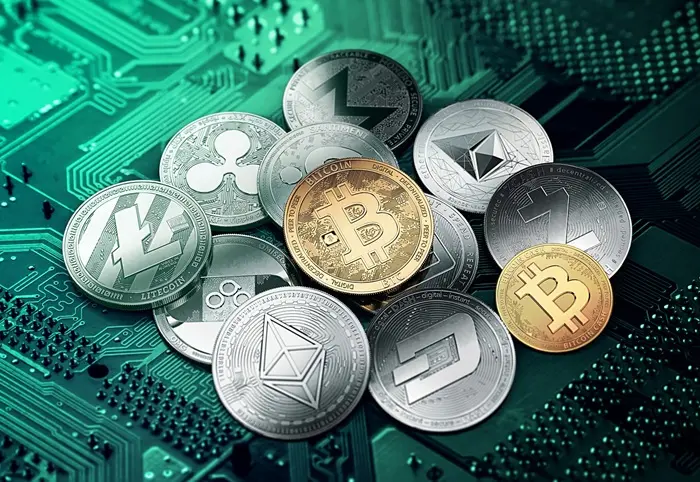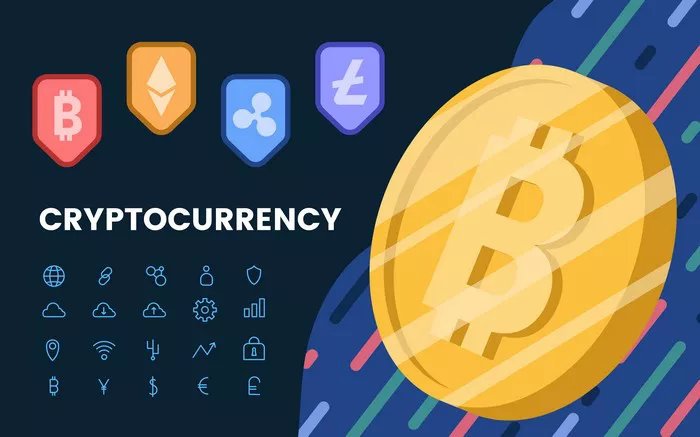USD Tether, commonly abbreviated as USDT, is a digital currency issued by Tether, a company renowned for its stablecoin offerings. USDT is designed to be a stable digital representation of the United States dollar (USD), with each USDT token being redeemable for one USD. This article will delve into the origins, mechanics, uses, challenges, providing a comprehensive understanding of this pivotal asset in the digital currency ecosystem.
Origins and Creation of USD Tether
Tether was founded in 2014 with the revolutionary idea of creating a digital currency pegged to traditional fiat currencies. The introduction of USDT in particular marked a significant milestone in the integration of traditional finance with the rapidly growing digital asset market. By linking the value of USDT to the USD, Tether aimed to provide a stable and predictable alternative to the highly volatile cryptocurrencies prevalent in the market.
The creation of USDT was facilitated through the Omni Layer protocol on the Bitcoin blockchain. This allowed Tether to issue tokens that represented a claim on USD held in reserve by the company. Each USDT issued is backed by one USD held in Tether’s bank accounts, ensuring a 1:1 parity between the digital token and its underlying asset. This mechanism is designed to provide users with a sense of security and stability, knowing that their digital holdings are fully collateralized by real-world currency.
Mechanics of USD Tether
The mechanics of USDT involve a straightforward but robust system. Users can obtain USDT by depositing USD into a bank account controlled by Tether or by exchanging other cryptocurrencies for USDT on various exchanges. Similarly, users can redeem their USDT for USD by initiating a withdrawal request through Tether’s platform. This process typically involves a SWIFT transfer to the user’s bank account.
Tether maintains transparency by allowing users to verify the reserves held in its bank accounts. This transparency is crucial in maintaining trust and credibility, especially in a market where digital assets are often scrutinized for their lack of tangible backing.
Moreover, Tether’s business model encompasses several revenue streams. It earns interest on the reserves held in its bank accounts, which are invested in low-risk assets such as US Treasuries and money market funds. Additionally, Tether generates revenue through transaction fees and service charges imposed on users for depositing, withdrawing, and exchanging funds.
Uses of USD Tether
USDT has become one of the most widely used stablecoins in the cryptocurrency market, with a market capitalization approaching $150 billion. Its widespread adoption can be attributed to several factors:
1. Stability
USDT’s peg to the USD provides a stable value proposition, making it an attractive option for traders and investors seeking to hedge against the volatility of other cryptocurrencies.
2. Liquidity
As one of the largest stablecoins, USDT enjoys high liquidity across various exchanges and platforms, enabling seamless transactions and conversions.
3. Integration with Traditional Finance
USDT’s ability to be redeemed for USD facilitates its use as a bridge between traditional finance and the digital asset market. This integration is particularly useful for individuals and businesses looking to participate in the digital economy without fully diving into the world of cryptocurrencies.
4. Use in Decentralized Finance (DeFi)
USDT is widely used in DeFi applications, such as lending, borrowing, and yield farming. Its stability and liquidity make it an ideal choice for these purposes, as users can rely on its consistent value when calculating interest and returns.
Challenges and Controversies
Despite its widespread adoption and success, USD Tether has faced its share of challenges and controversies. These issues have often been a source of debate and scrutiny within the cryptocurrency community and beyond.
1. Regulatory Concerns
The regulatory status of stablecoins, including USDT, remains uncertain in many jurisdictions. This uncertainty has led to concerns about the legality and security of using USDT. For instance, the implementation of the Markets in Crypto-Assets (MiCA) regulation in the European Union has resulted in the delisting of USDT from several major exchanges due to its lack of an electronic money license.
2. Transparency and Reserve Verification
While Tether claims to maintain a 1:1 reserve ratio, there have been persistent questions about the transparency of its reserve holdings. Critics have argued that Tether has not always been forthcoming about the details of its reserves, leading to speculation about the true nature of its backing. However, Tether has taken steps to address these concerns, such as publishing regular audits and updates on its reserve holdings.
3. Market Manipulation Allegations
There have been allegations that Tether and its parent company, Bitfinex, have used USDT to manipulate the price of Bitcoin and other cryptocurrencies. These claims have been fueled by the observation that large amounts of USDT are often minted or redeemed during periods of market volatility. While these allegations remain unproven, they have contributed to the ongoing debate about the role of stablecoins in the cryptocurrency market.
4. Security Risks
As with any digital asset, USDT is susceptible to security breaches and hacking attempts. In the past, there have been incidents where exchanges handling USDT have been hacked, resulting in the loss of funds. While Tether itself has not been directly implicated in these breaches, the security of its users’ funds remains a concern.
Conclusion
USD Tether has emerged as a key player in the digital currency market, thanks to its stability, liquidity, and integration with traditional finance. While it has faced its share of challenges and controversies, its success in providing a reliable and efficient payment solution has earned it a loyal following among traders, investors, and businesses alike.
Looking ahead, the future of USDT will be shaped by regulatory clarity, technological advancements, market expansion, asset diversification, and environmental and social considerations. As the digital economy continues to evolve, USDT will likely play an increasingly important role in facilitating seamless and efficient transactions across various platforms and ecosystems.
However, it is important to note that, like any financial instrument, USDT comes with its own set of risks and challenges. Investors and users should carefully consider these factors before deciding whether to adopt USDT as part of their financial strategy. By doing so, they can make informed decisions and capitalize on the opportunities presented by this revolutionary digital asset.
Related topics:






























